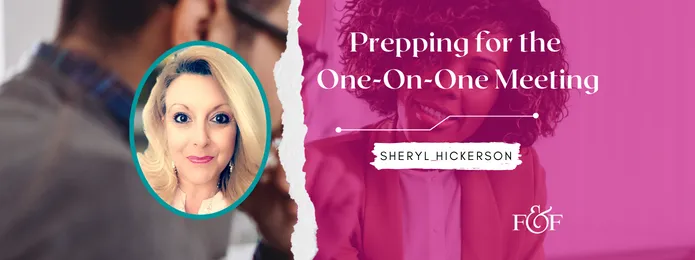Human beings are freaking tired.
- Not women.
- Not men.
- All Human Beings.
That said (and all things being equal and equitable), how many of you are are feeling drained after a one-on-one meeting with clients, colleagues, prospects, and other appointments these days?
If so - this was written for you. 💗
We've talked about Zoom fatigue in the past and it's not letting up, but the answers might be far more simple than we realized to stop leaving our meetings feeling like we ran a marathon.
"Prompted by the recent boom in videoconferencing, communication Professor Jeremy Bailenson, founding director of the Stanford Virtual Human Interaction Lab (VHIL), examined the psychological consequences of spending hours per day on these platforms." This was reported by Stanford University with some solutions provided that are easy, but not always simple to remember.
The point of my writing this article is to remind those in charge of the meeting to set the tone and help all the videoconferencing partners leave the meeting feeling more energized, not worn out.
1 - Remind participants it's ok to turn off their cameras or even do something else while others are talking on the videoconferencing call
Excessive amounts of close-up eye contact is highly intense.
Solution: Until the platforms change their interface, Bailenson recommends taking Zoom out of the full-screen option and reducing the size of the Zoom window relative to the monitor to minimize face size, and to use an external keyboard to allow an increase in the personal space bubble between oneself and the grid.
2 - Remind participants they can turn off their self-view option on the video call because we shouldn't be looking at ourselves this much
Most video platforms show a square of what you look like on camera during a chat. But that’s unnatural, Bailenson said. “In the real world, if somebody was following you around with a mirror constantly – so that while you were talking to people, making decisions, giving feedback, getting feedback – you were seeing yourself in a mirror, that would just be crazy. No one would ever consider that,” he added.
Solution: Bailenson recommends that platforms change the default practice of beaming the video to both self and others, when it only needs to be sent to others. In the meantime, users should use the “hide self-view” button, which one can access by right-clicking their own photo, once they see their face is framed properly in the video.
3 - Remind participants it's OK if they need to turn off their video, walk around the office while you're meeting
“There’s a growing research now that says when people are moving, they’re performing better cognitively,” Bailenson said.
Solution: Bailenson recommends people think more about the room they’re videoconferencing in, where the camera is positioned and whether things like an external keyboard can help create distance or flexibility. For example, an external camera farther away from the screen will allow you to pace and doodle in virtual meetings just like we do in real ones. And of course, turning one’s video off periodically during meetings is a good ground rule to set for groups, just to give oneself a brief nonverbal rest.
4 - Remind participants it's ok to say, "I'm not feeling like talking much today, but I'm happy to be here" because we can't read non-verbal queues as easily on videoconferencing calls
In effect, Bailenson said, humans have taken one of the most natural things in the world – an in-person conversation – and transformed it into something that involves a lot of thought: “You’ve got to make sure that your head is framed within the center of the video. If you want to show someone that you are agreeing with them, you have to do an exaggerated nod or put your thumbs up. That adds cognitive load as you’re using mental calories in order to communicate.”
Solution: During long stretches of meetings, give yourself an “audio only” break. “This is not simply you turning off your camera to take a break from having to be nonverbally active, but also turning your body away from the screen,” Bailenson said, “so that for a few minutes you are not smothered with gestures that are perceptually realistic but socially meaningless.”
I created a Canva download for you to use at your next meeting to remind you of these things prior to starting your call. Think of it as part of your housekeeping rules. And afterwards, poll your audience if they felt better about the options or any others they would like to add.
The point of the meeting is to get stuff accomplished. However, we need to support those on the call with us and that should take priority so we all have a chance to leave a meeting more inspired and ready-to-go.
Stay well -
Sheryl Hickerson, CEO - Females and Finance

